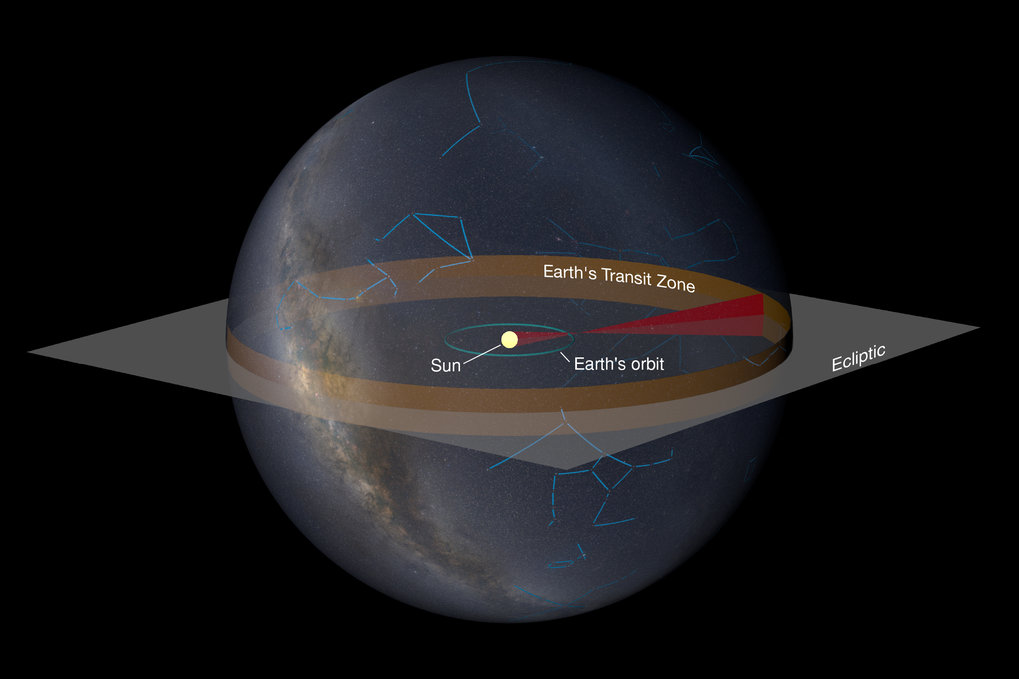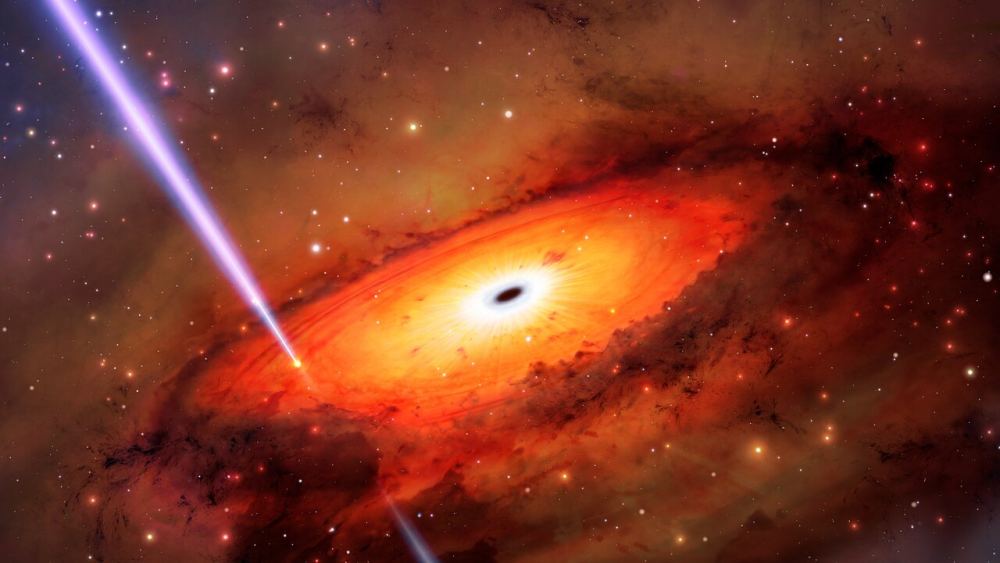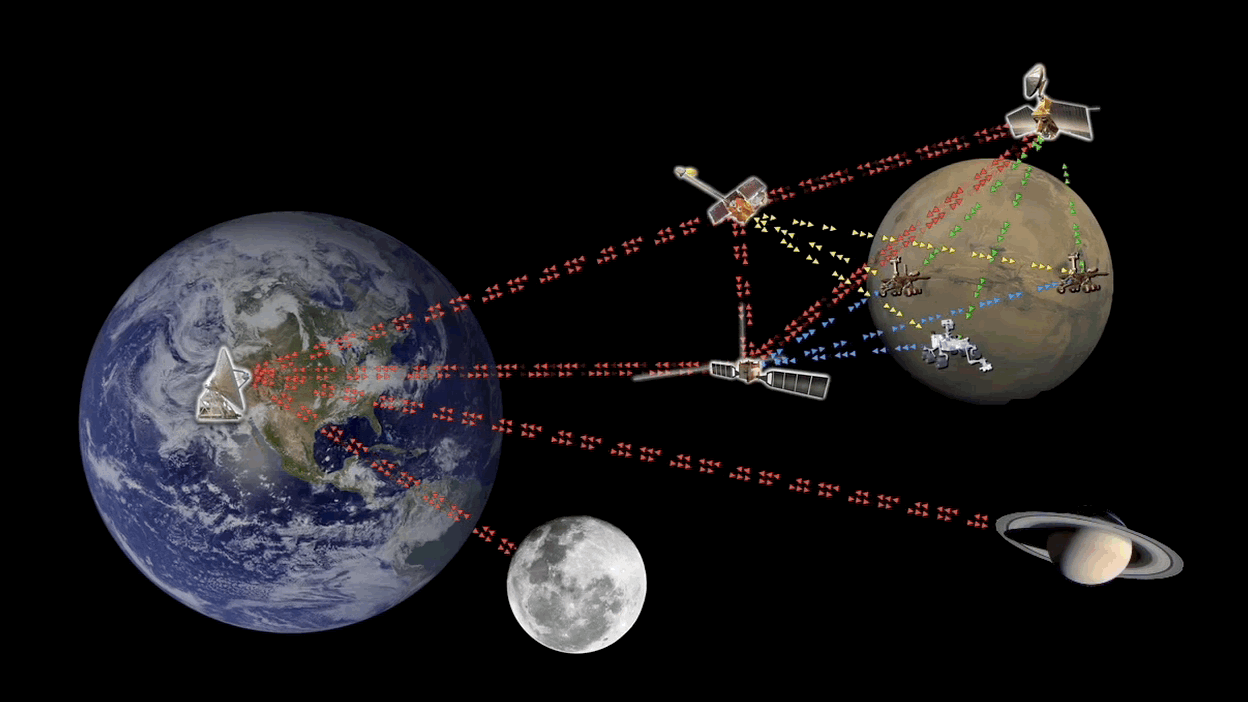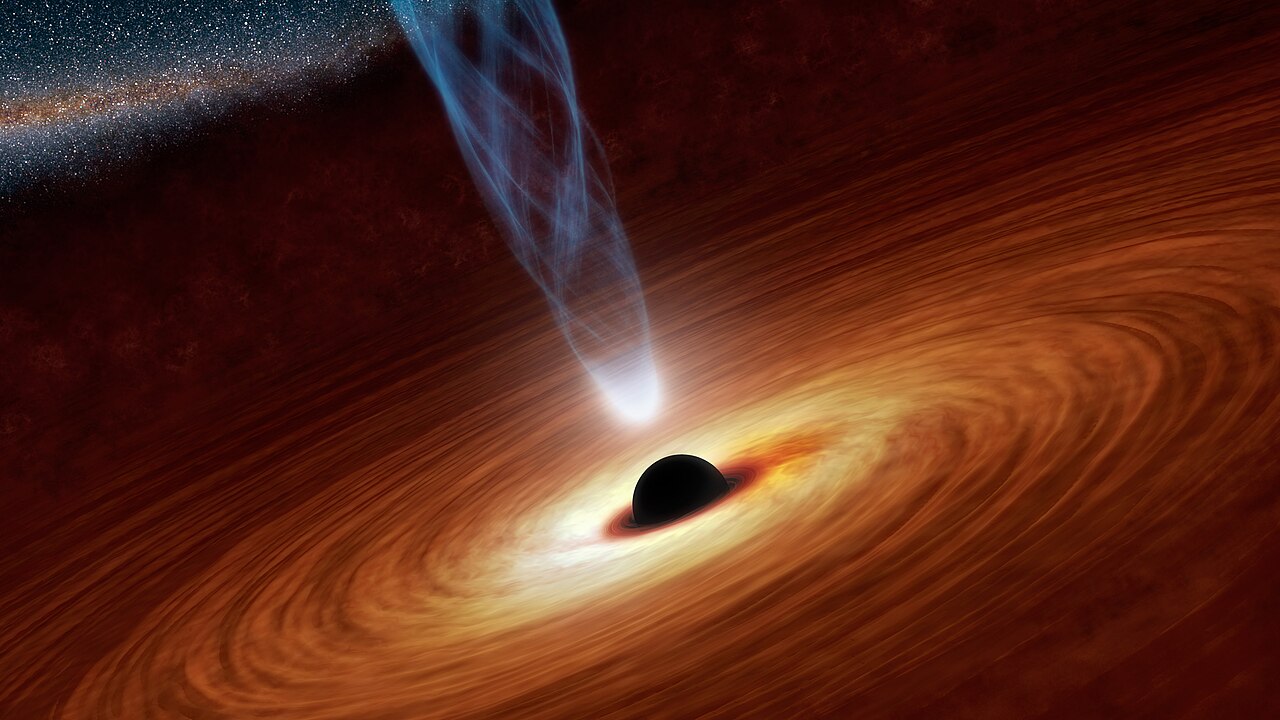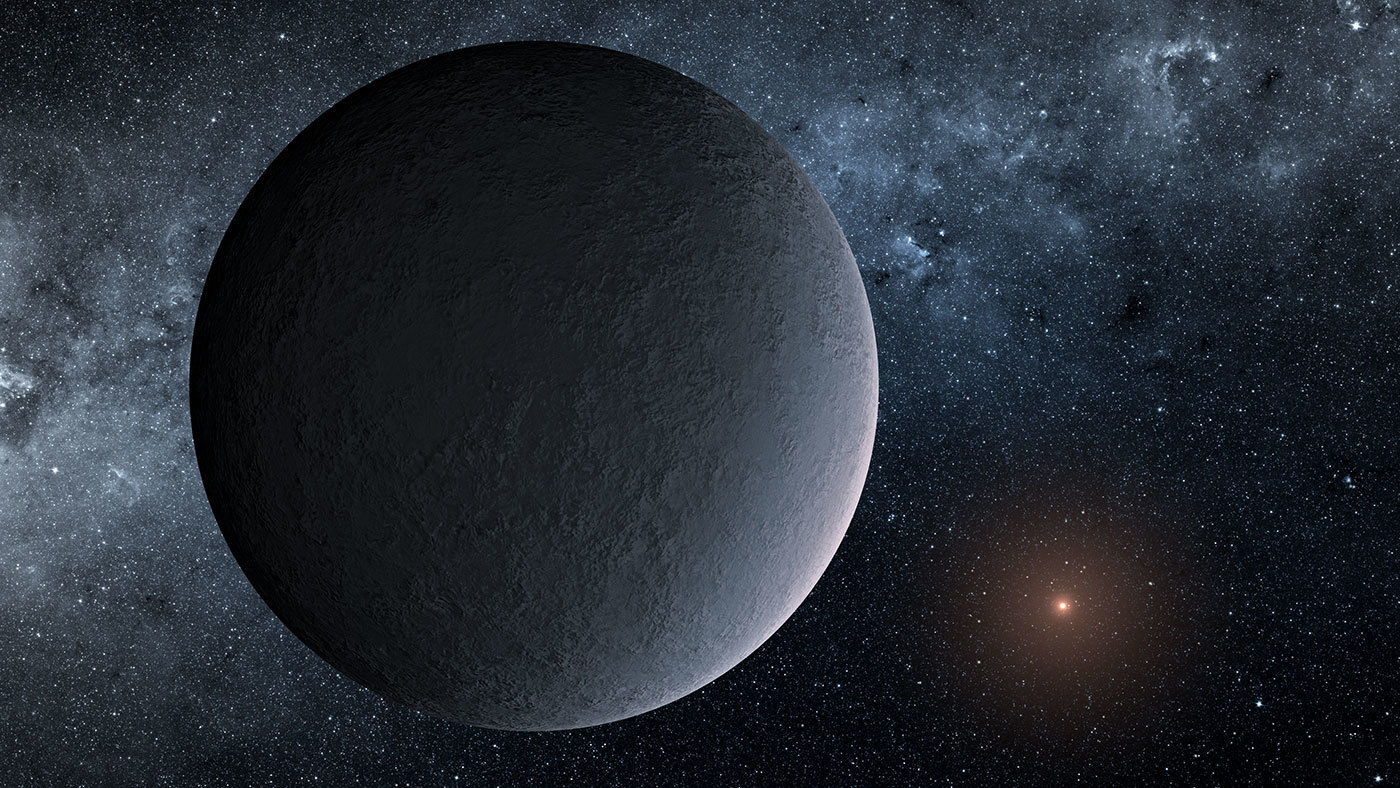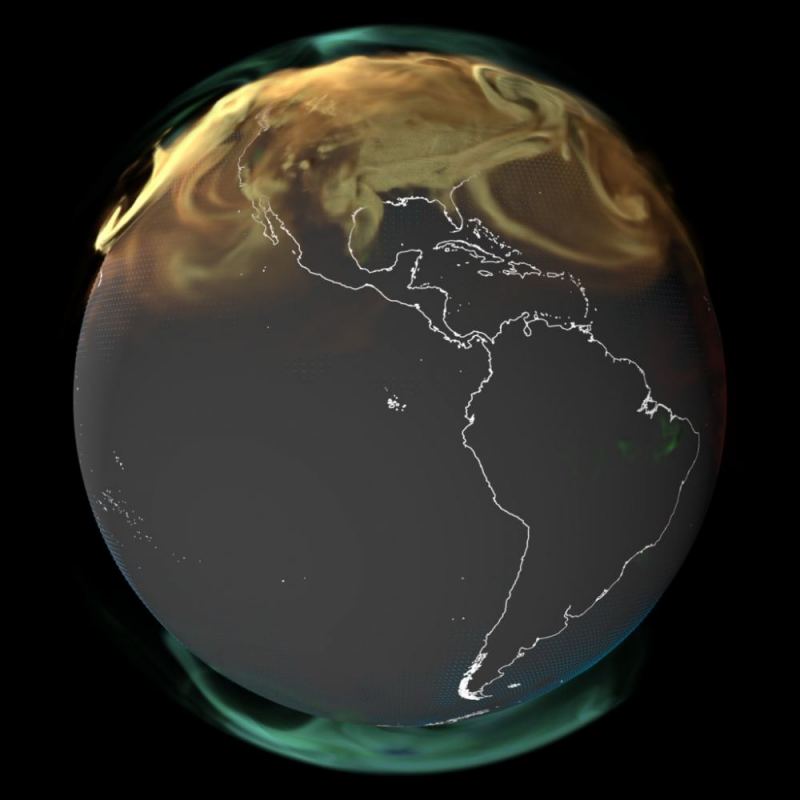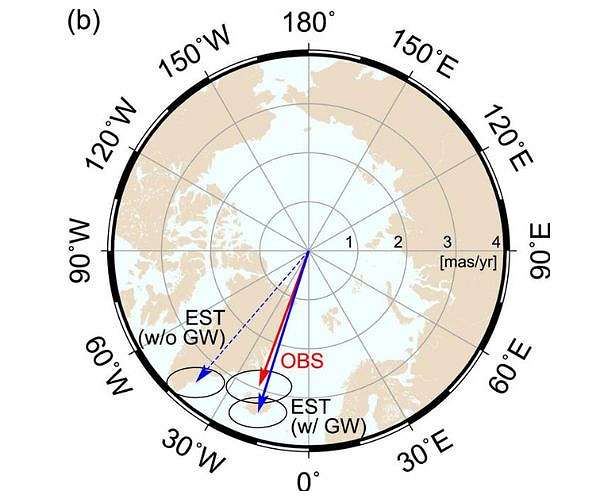Astronomers are getting better at gathering data about exoplanets. We have discovered thousands of them, measuring their mass, size, and orbital parameters, and we are starting to measure other aspects such as their temperature and atmospheric composition. Of course, the big hope is that in time we will discover the presence of life on some of these distant worlds, and perhaps even find evidence of an alien civilization. And if there are aliens out there, it’s reasonable to assume they might be looking for us as well. A new study proposes one way we might find each other.
Continue reading “Watching the Watchers With Nancy Grace Roman”Watching the Watchers With Nancy Grace Roman
